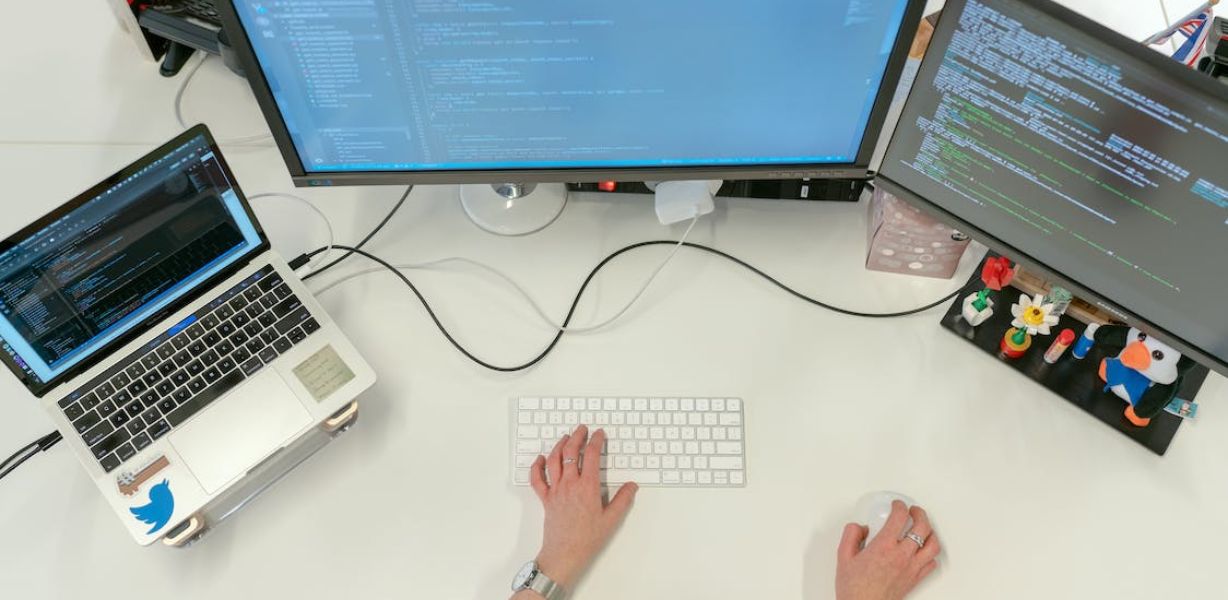Welcome to the dance of web design. In this HTML spectacle, we’ll spin through the craft of text alignment and spacing. Like gifted choreographers, HTML and CSS blend to make outwardly dazzling and easy-to-understand site pages. Prepare to tango with text as we investigate how these apparatuses raise the cadence and stream of your online manifestations. How about we make a plunge and find the key to creating web enchantment through wonderful alignment and dispersing? Get your moving shoes on – now is the ideal time to make your website architecture sparkle.
Understanding Text Alignment:
Text alignment is about how we position our words and expressions on a page. Envision it like orchestrating your toys conveniently on a rack – you believe that everything should look clean and coordinated. With HTML, we have exceptional devices to assist us with doing precisely that. We can make our text line up flawlessly on the left side, right side, or even in the center of the page. This makes it simpler for individuals to peruse and gives our website page a spotless, proficient look. In this way, whether we’re recounting a story or posting significant data, getting our text alignment spot on is vital to establishing a decent connection.
Exploring Text Alignment Options:
HTML gives us bunches of ways of messing with text alignment. It resembles having a lot of various unique pieces that we can fit together in a wide range of ways. We can adjust headings to stand apart at the focal point of the page, passages to stream flawlessly from left to right, or even pictures to add energy to our design. By picking the right alignment for each piece of content, we can make a page that is good-looking as well as guides the peruser’s consideration of precisely where we believe it should go.
Optimizing Spacing for Clarity:
Very much like giving our toys some space to breathe on the rack, spacing our message is fundamental for a perfect and comprehensible site page. HTML allows us to control how much space there is around every component, whether it’s a heading, section, or picture.
By adding a touch of cushioning or edge, we can keep all that from looking crushed together and make it more straightforward for individuals to explore our substance. This additional breathing space further develops coherence as well as adds a hint of style to our plan, causing our website page to feel seriously welcoming and clean.
Fine-Tuning with CSS:
In terms of CSS, Cascading Style Sheets is like the magical world of website creation. This allows us to extend our control to the fine text alignment and spacing, too. By CSS, we can become very specific about how things look, changing every detail until our site looks perfect. Whether it is the adjustment of the text size, the choice of the tone of the text or the addition of fancy effects such as shadows and angles, CSS gives us the opportunity to stretch the limits of our imagination and realize our dream style.
Embracing Consistency and Accessibility:
In the world of web design, consistency is very important. It is like following a recipe – you believe each page of your site should look and feel the equivalent with the goal that clients know what’s in store. This implies using a similar text alignment and dispersing all through your site to make a strong encounter.
Besides that, another important thing to take into consideration is accessibility when making your site page. Through your content, get ready, you eradicate the problems of system readers or other assistive technology users because your content reaches to the highest level of consumers. Achieving uniformity and ease of navigation is the other key aspect of making your website look perfect and meet all customers with a similar experience.

Conclusion:
In web design, HTML’s text alignment and spacing properties are important for beginners and advanced developers. The result will have websites that are both visually enticing and comfortable to use. Through the knowledge of the slyness of the text plans, researching the alignment options, learning The spacing obviously for clarity, and CSS for adjustment, designers can be successful in creating fascinating and clean structures. Omnipresence and easiness of access play a crucial role in this strategy: it is always the same encounter for all customers.
Also, designers tend to elevate visual elements through the use of text styles and typography that generate motivation in titling and subheading, which are necessary for creating the harmony that comes from the space between things and can be checked and modified for the best user experience. We can then build a site that conforms to these standards and we constantly perfect our skills so that the websites are created with the best sectorization in such a way that all the users remain in good client experience.